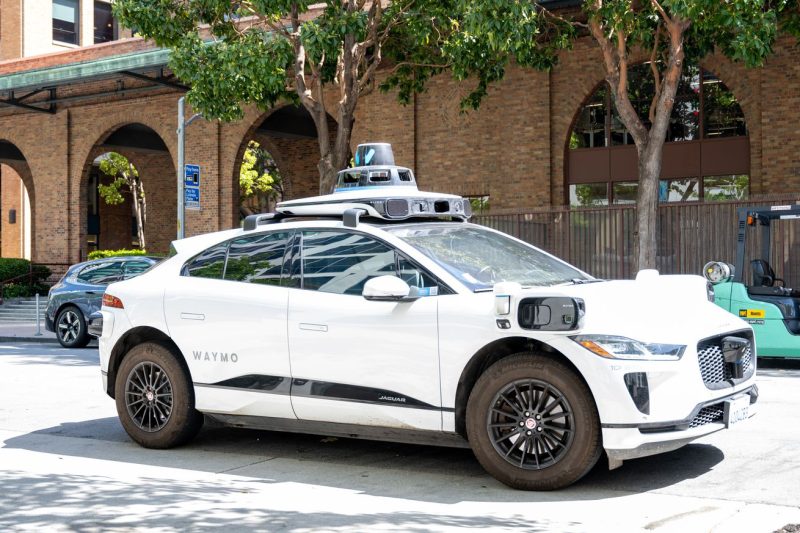
San Francisco Neighbors Rattled by Noisy Nightly Waymo Robotaxi Parking Lot
The recent proliferation of Waymo robotaxis in San Francisco has sparked a wave of mixed reactions among the city’s residents. While some embrace the potential benefits of autonomous driving technology, others express concerns about the disruptive nature of these vehicles on their daily lives. A significant concern that has emerged is the nightly honkfest that occurs in Waymo robotaxi parking lots, particularly in residential areas.
The honking issue primarily arises due to the behavior of the Waymo vehicles during their downtime. Unlike traditional human-driven vehicles that are parked in silence, Waymo robotaxis often engage in a series of programmed actions that involve honking their horns. This routine, intended to help the vehicles communicate with each other and alert pedestrians and other road users, has led to a cacophony of honking sounds echoing through the quiet streets of San Francisco at night.
Residents living in close proximity to the Waymo robotaxi parking lots have reported being disturbed by the constant honking, which disrupts their sleep and contributes to an overall sense of annoyance and frustration. Some have likened the experience to living next to a noisy construction site that operates round the clock, affecting their quality of life and overall well-being.
Efforts to address the issue have been met with mixed success. While some residents have reached out to Waymo and local authorities to express their concerns, the implementation of effective solutions has proven challenging. Waymo has acknowledged the problem and has stated its commitment to finding ways to minimize the impact of the honkfest on residents, but concrete steps to address the issue have yet to be fully realized.
In response to the ongoing honkfest, community meetings have been organized to facilitate dialogue between residents, Waymo representatives, and city officials. These discussions aim to provide a platform for residents to voice their grievances, share their experiences, and propose potential solutions to mitigate the noise disturbances caused by the Waymo robotaxis.
One proposed solution involves adjusting the programming of the Waymo vehicles to reduce the frequency and intensity of honking during their idle periods. By fine-tuning the vehicles’ communication protocols and utilizing alternative methods to convey information, such as visual cues or specialized lights, it may be possible to limit the disruptive nature of the honking while maintaining the safety and efficiency of the autonomous driving system.
As the debate surrounding Waymo robotaxis and their impact on urban environments continues to unfold, finding a balance between technological progress and community well-being remains a key challenge. The honkfest in the nightly Waymo robotaxi parking lots of San Francisco serves as a poignant illustration of the complex and multifaceted nature of this issue, highlighting the need for collaboration, compromise, and innovation to create a more harmonious coexistence between autonomous vehicles and urban residents.
